| Specs at a glance: HP Spectre Foldable 17-cs0097nr |
|||
|---|---|---|---|
| Screen | 17-inch 1920×2560 OLED touchscreen | ||
| OS | Windows 11 Home | ||
| CPU | Intel Core i7-1250U | ||
| RAM | 16GB LPDDR5-5200 | ||
| Storage | 1TB PCIe 4.0 SSD | ||
| Networking | Wi-Fi 6E, Bluetooth 5.3 | ||
| Ports | 2x Thunderbolt 4 | ||
| Size (folded) | 10.91×7.53×0.84 inches | ||
| Weight (with keyboard) | 3.58 lbs | ||
| Battery | 94.3 Wh | ||
| Warranty | 1 year | ||
| Price (MSRP) | $5,000 | ||
| Other | HP Rechargeable MPP2.0 Tilt Pen, Bluetooth keyboard, and HP Envy USB-C Hub included | ||
Although foldable smartphones have been available for five years, the devices are still trying to justify themselves. And after using a foldable-screen laptop as my primary PC for about four weeks, I'm not sure they're ready for prime time.
I'm leaving my time with HP's first foldable laptop with a sense of anticipation for the future of laptops, which I think would benefit from a resurgence of creative ideas that cater to the unique ways people use their computers. But I seriously question if the benefits of having a 17-inch screen in a 12-inch laptop body are worth the trade-offs inherent in today's foldable PCs.
Early participants in the foldable laptop world have an opportunity to define the space, while consumers can decide if this is something they even want. HP's foldable is the most beefed-up option ever, and weeks of use have shown me a lot about what I want and don't want to see when the dust settles.
HP Spectre Fold
Ultimately, the question I'm facing regarding foldable laptops is, "Why this instead of a clamshell or 2-in-1 laptop?"
Pricing pitfalls
Like it or not, laptop makers are trying to build a market for PCs with foldable OLED screens. Asus released its first foldable PC in 2022. Lenovo's second foldable PC is available for purchase, LG announced a foldable laptop for South Korea, and now we have the HP Spectre Foldable 17. Windows 11, with Snap Layouts that work intuitively with unique and multi-screen setups, helps make these products feasible.
As of this writing (and upon first release), HP's foldable costs an eye-watering $5,000. Foldable PCs are young and flashy enough to automatically command a higher price tag than similarly specced laptops in traditional form factors, but $5,000 isn't even normal for a foldable laptop. Asus' Zenbook 17 Fold OLED debuted at $3,500, and Lenovo's 16-inch ThinkPad X1 Fold debuted at $2,500.

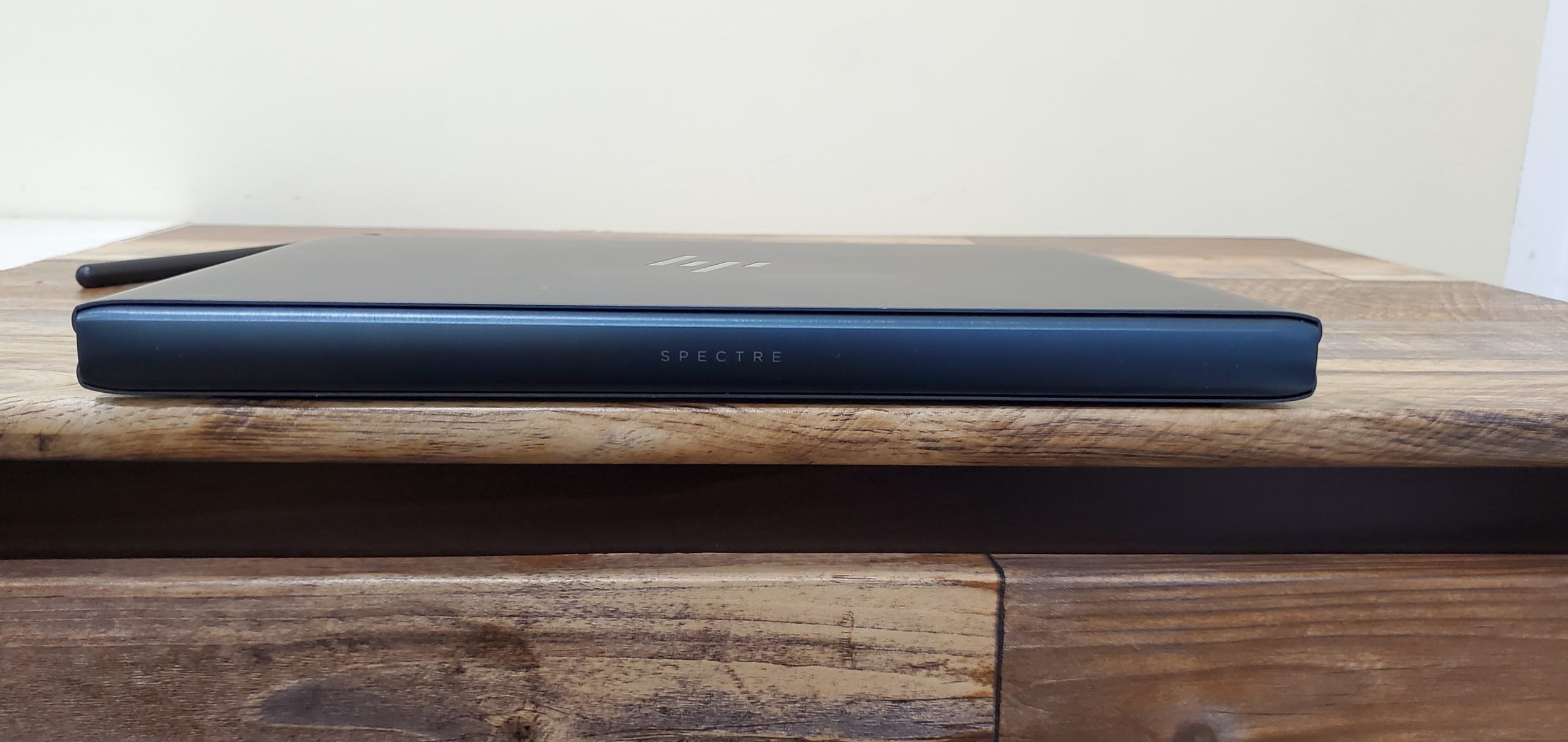
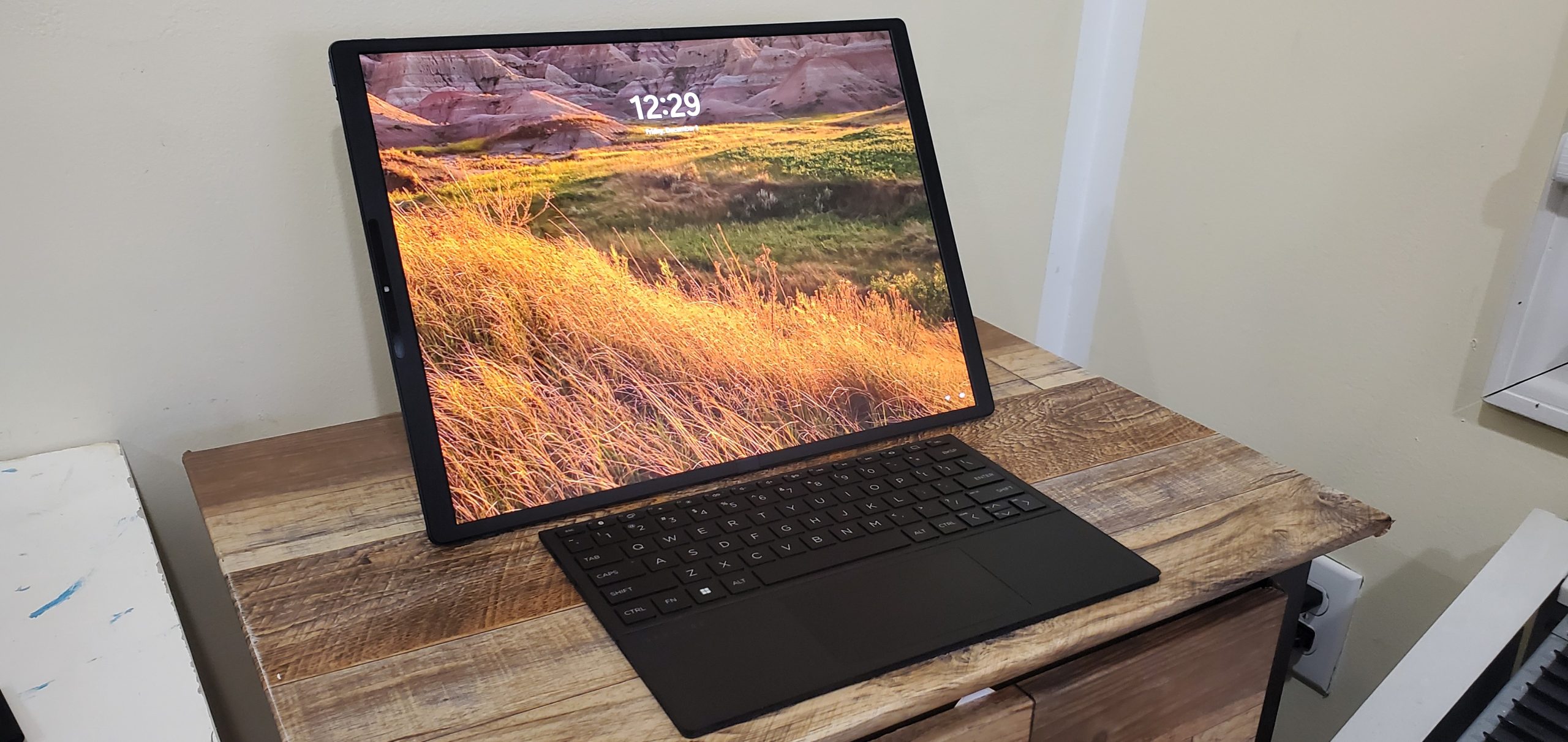
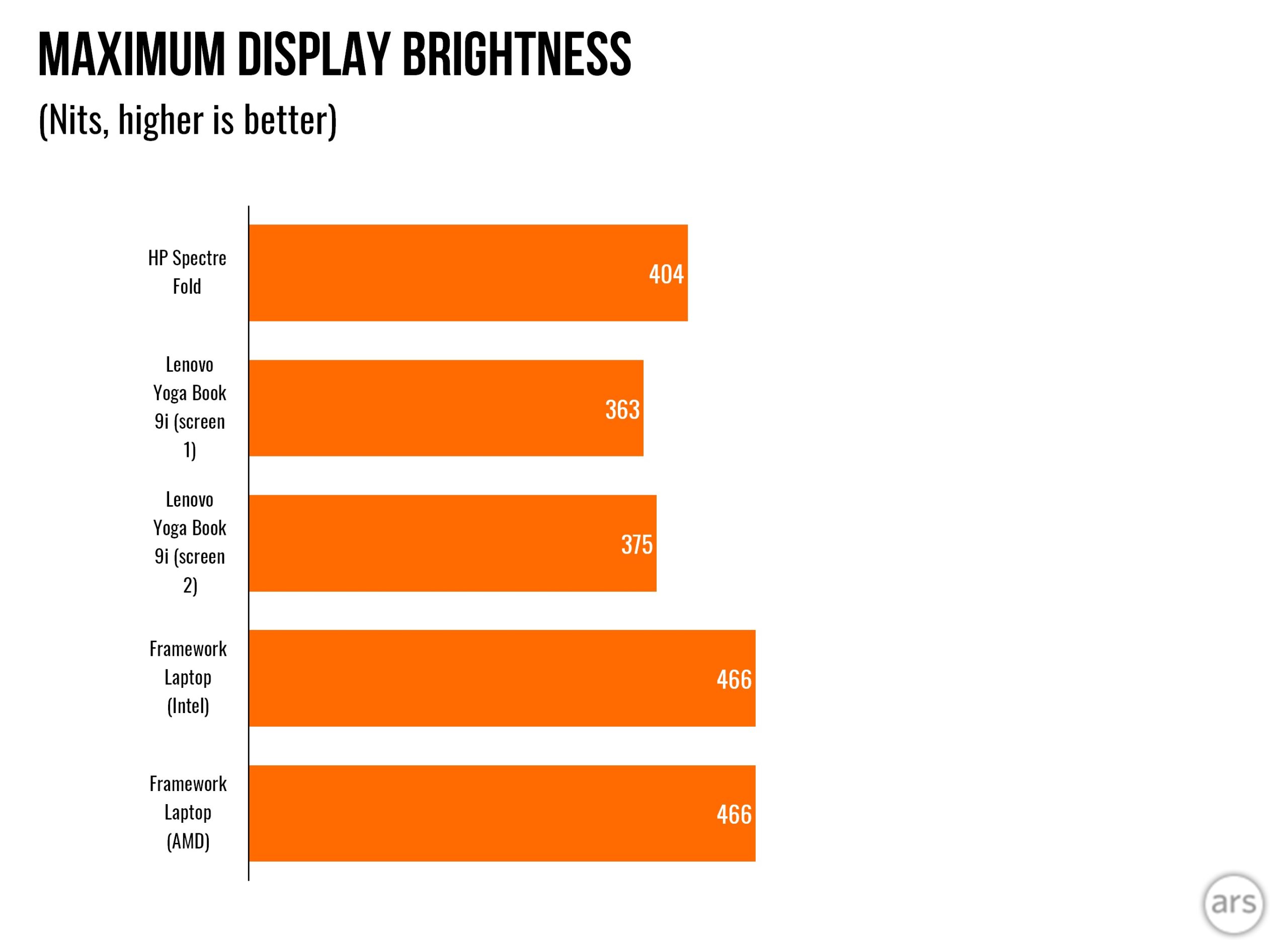

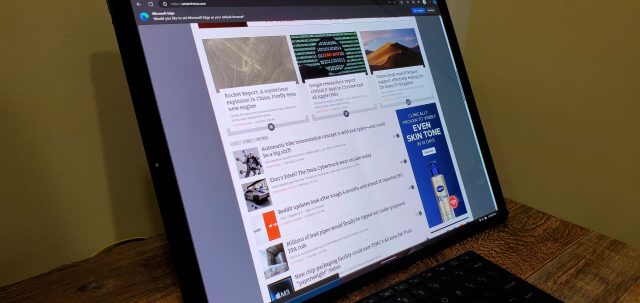


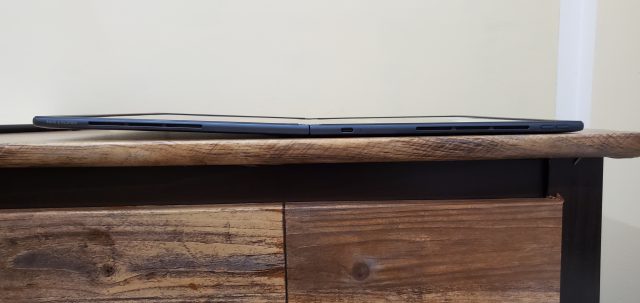

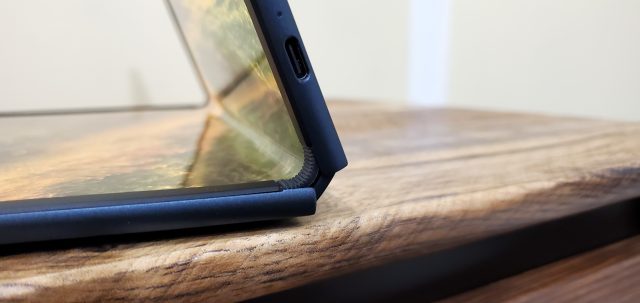

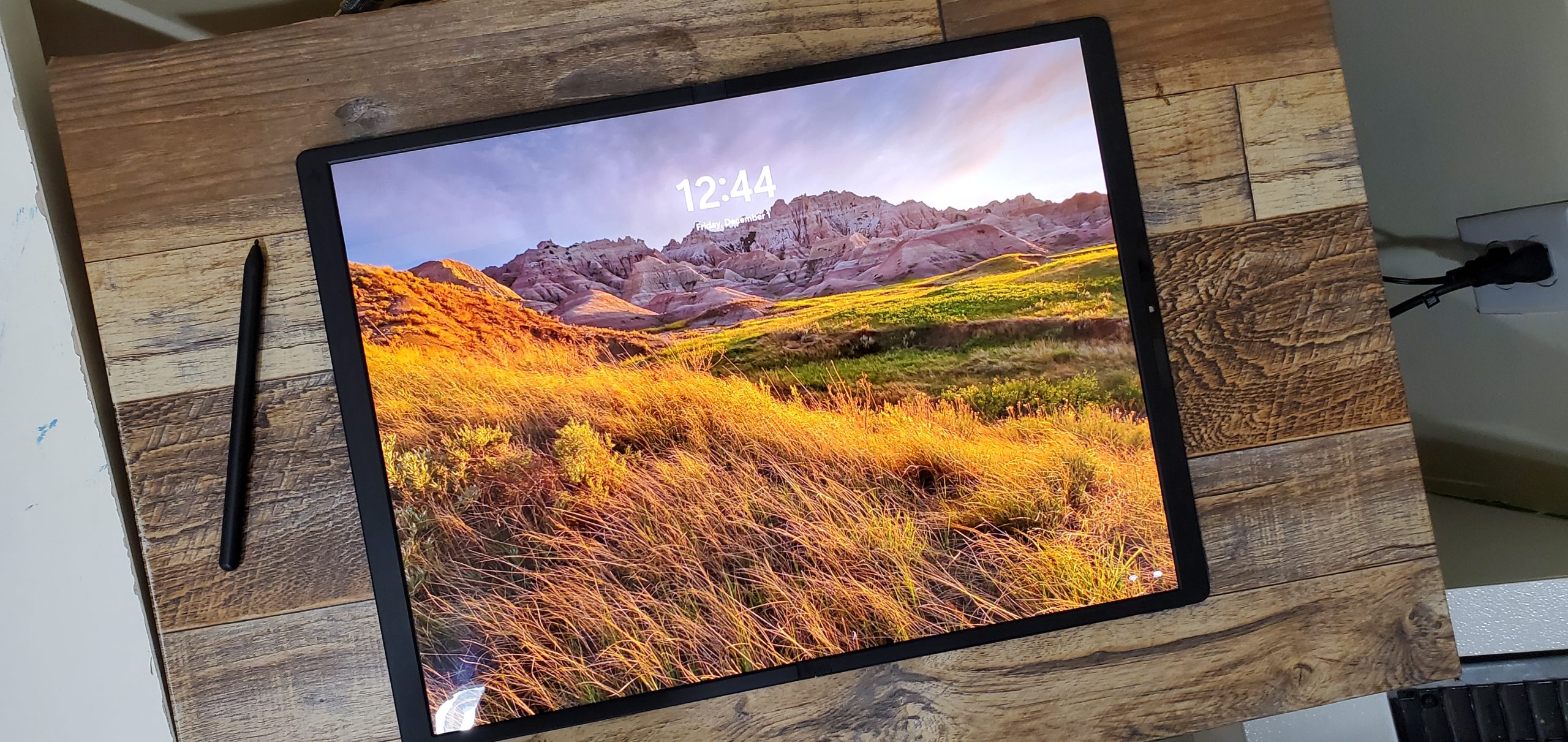
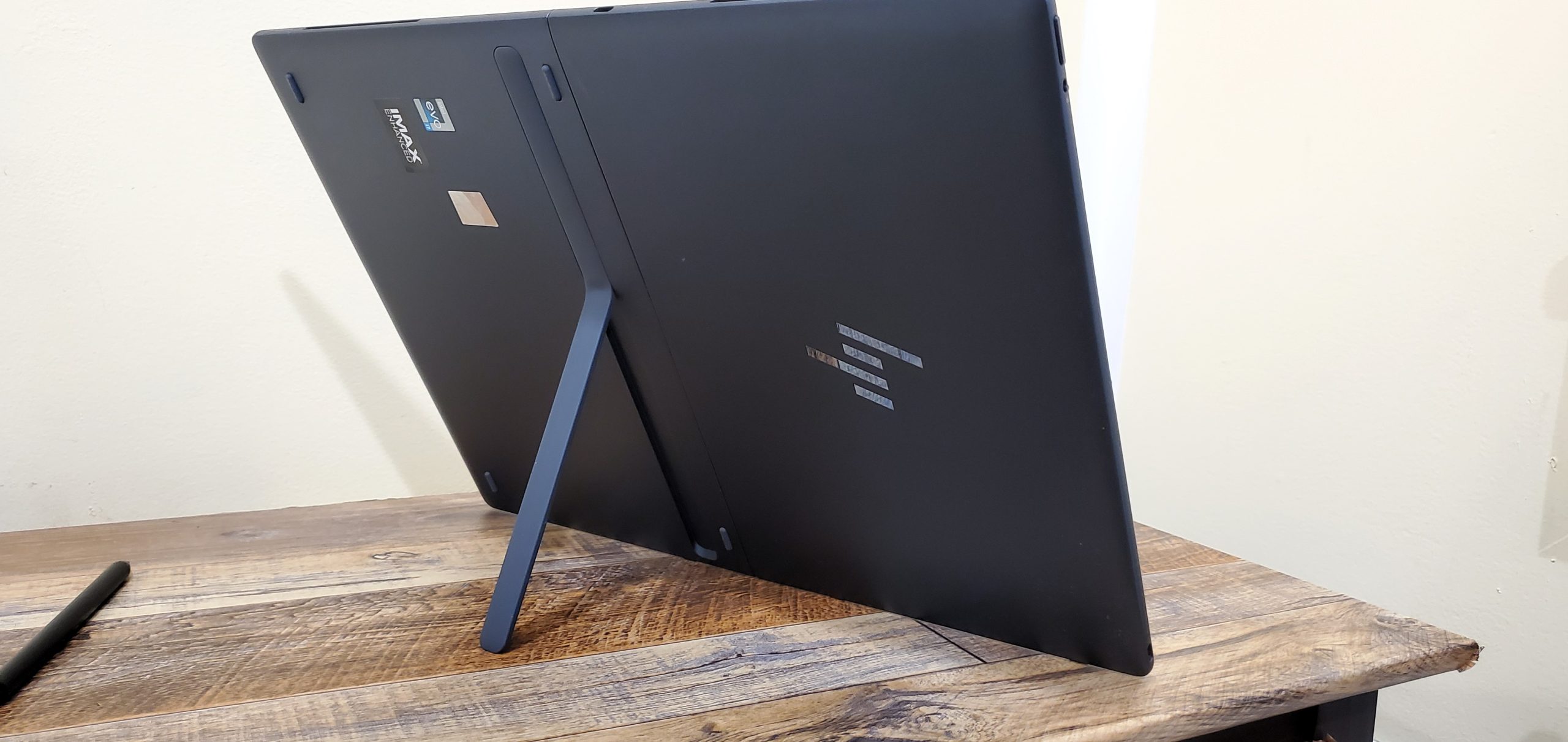

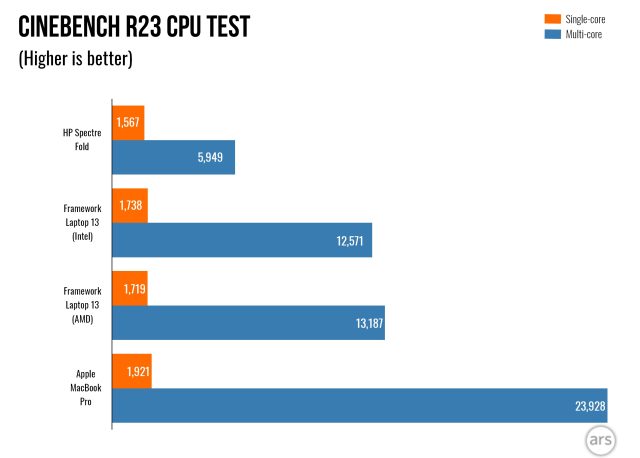
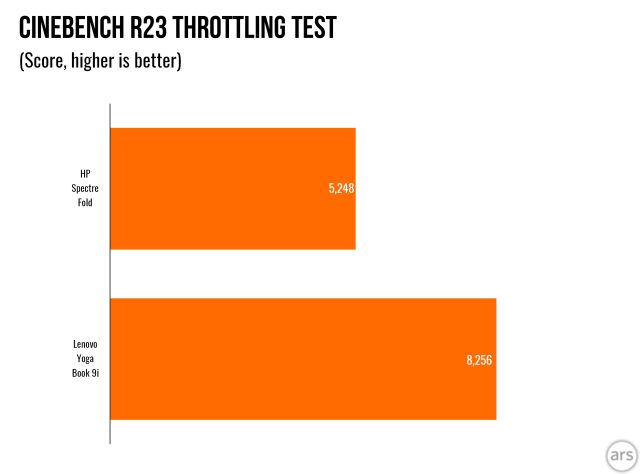

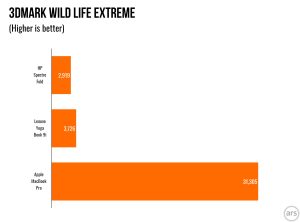
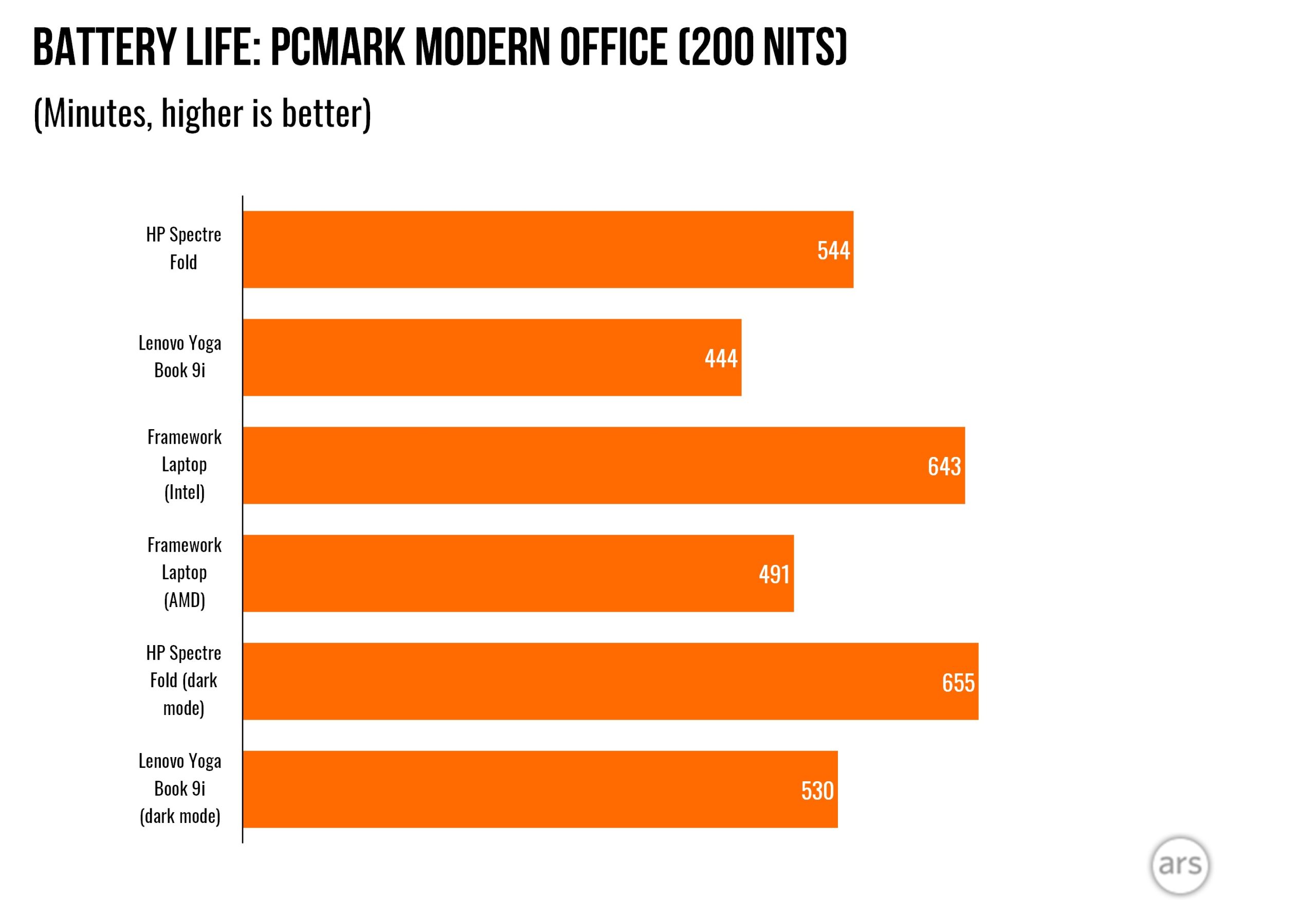
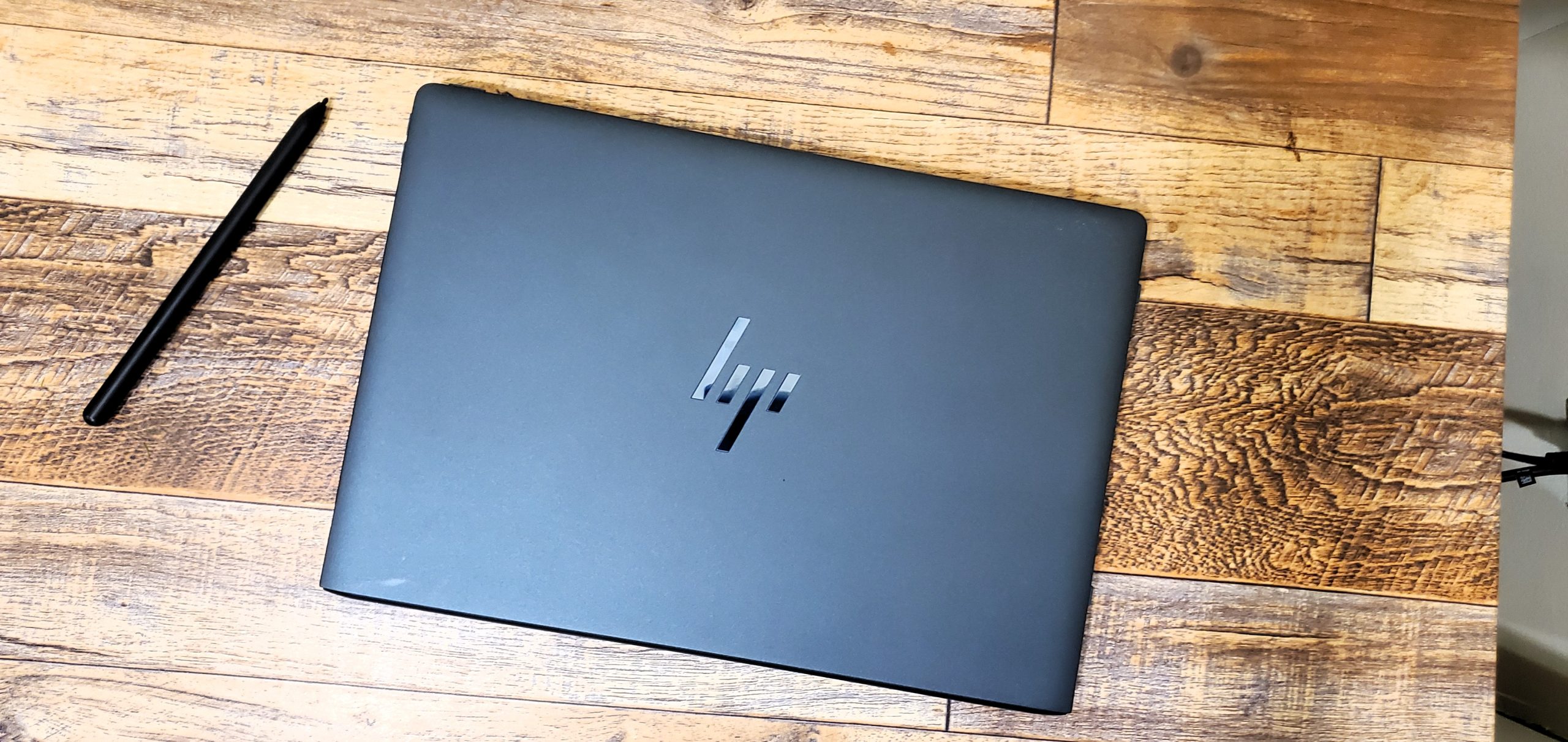

 Loading comments...
Loading comments...
